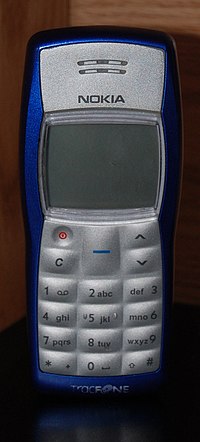Developing World Infrastructure
Last summer, when I bought sailed a small boat for a couple weeks, I became very interested in using solar power to charge cellphones. It is amazing what a tool the modern cellphone is when you are sailing. It is a chart, GPS system, anchor drag alarm, yellowpages, email, social networking, book, TV, mp3 player, weather checker, and of course, phone.
This is a pretty amazing turnaround. What it means is that kerosene lamps (still common for about 1 billion of the earth's citizens) are being replaced by LED lamps.. powered by the sun. The best part about this is that the units are small, efficient, reliable, and cheap. Companies like D.Light, a SIM card, and a Nokia are the infrastucture revolution which huge government grants and major building projects have been unable to realize.
What you see above is taking the place of all that infrastructure. It is light, portable, cheap, efficient, and it and it's brethren are going to do more for more people than any number of major UN development funding projects.
In the developing world, cellphones are also multi-purpose tools, giving undeveloped areas access to much of what modern technology has to offer. They are often the way individuals connect to the internet, do their banking, conduct their business (often with text messages), and of course, stay in touch.
In other words, when we see millions of miles of copper cable, fiber optic cable, telephone poles, huge companies, long term contracts, and government subsidies, they see this:
 |
| Nokia has sold 250 million of this model. Seriously, 250 million, of one model. |
And like me in my little boat getting tossed around in the Chesapeake, they are often turning to solar as opposed to grid power to charge their phones, and run their lights.
This is a pretty amazing turnaround. What it means is that kerosene lamps (still common for about 1 billion of the earth's citizens) are being replaced by LED lamps.. powered by the sun. The best part about this is that the units are small, efficient, reliable, and cheap. Companies like D.Light, a SIM card, and a Nokia are the infrastucture revolution which huge government grants and major building projects have been unable to realize.
 |
| This costs about $50. D.Light has sold 1 million of them so far. |
What you see above is taking the place of all that infrastructure. It is light, portable, cheap, efficient, and it and it's brethren are going to do more for more people than any number of major UN development funding projects.
Comments
Post a Comment